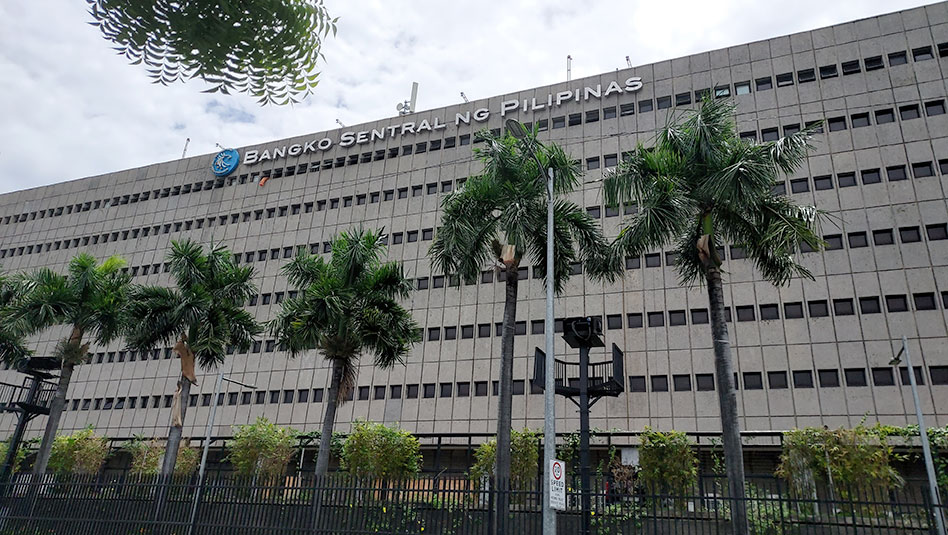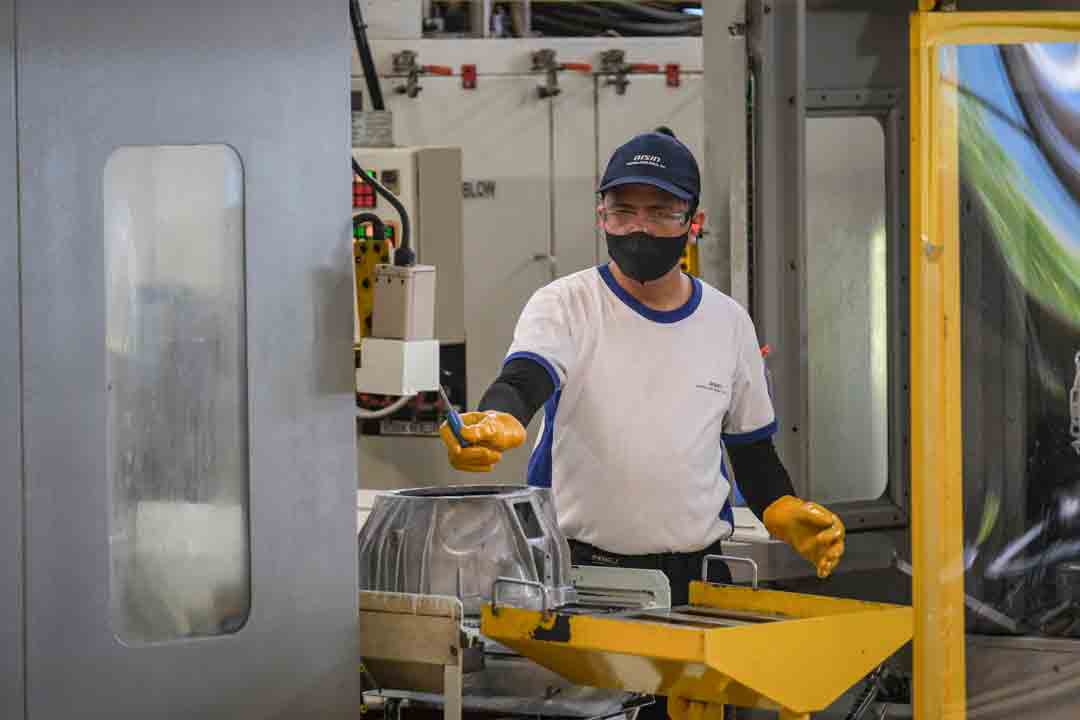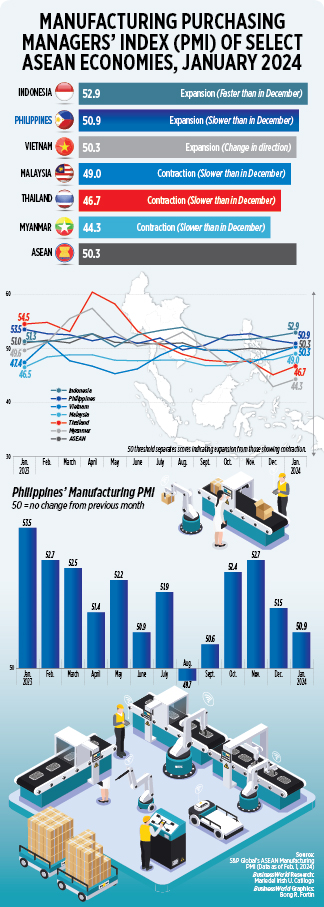




Philippines Trade Update: Growing exports lead to stronger trade balance
 DOWNLOAD
DOWNLOAD

Policy Rate Views: Fed’s cautious step towards neutral
 DOWNLOAD
DOWNLOAD

Policy Rate Updates: Closer to BSP’s Goldilocks moment
 DOWNLOAD
DOWNLOAD


Factory activity further eases in Jan.

MANUFACTURING ACTIVITY in the Philippines eased for a second straight month in January as new orders and output rose at a slower pace, S&P Global said on Thursday.
The S&P Global Philippines Manufacturing Purchasing Managers’ Index (PMI) slipped to 50.9 in January from 51.5 in December. A PMI reading above 50 denotes better operating conditions than in the preceding month, while a reading below 50 shows a deterioration.
“The turn of the year revealed a slight weakness in demand conditions, as new orders and output growth eased,” Maryam Baluch, economist at S&P Global Market Intelligence, said in a statement.
In its report, S&P Global said while January marked the fifth consecutive month of expansion, this was still “weaker than the series average and only marginal overall.”
The Philippines’ PMI reading was the second fastest among six Association of Southeast Asian Nations (ASEAN) member countries in January, just behind Indonesia (52.9) and ahead of Vietnam (50.3).
Meanwhile, Malaysia (49), Thailand (46.7) and Myanmar (44.3) registered contractions in manufacturing output. On average, the ASEAN headline PMI rose to 50.3 in January from 49.7 in December.
S&P Global said the Philippines saw a “muted improvement” in factory activity in January amid weaker demand.
“A cooling demand environment, especially from overseas markets, led to factory orders rising only fractionally in January, and at the weakest pace in the current five-month sequence of growth,” it said.
As demand softened, S&P Global noted that manufacturers increased production levels at a “historically subdued rate.”
“Ater easing for the second successive month, the pace of growth was the weakest since August 2023,” it added.
On the other hand, purchasing activity improved as manufacturers expanded their inventory in anticipation of stronger sales in the next few months.
Buying activity grew at its strongest pace in six months, S&P Global said.
“In addition, despite a continued deterioration in vendor performance arising from material shortages and port congestion, companies were able to build their stocks of purchases in January. Pre-production inventories rose for the fourth consecutive month, and at a pace that was broadly in line with the survey average,” it said.
S&P Global also noted stocks of finished goods rose for the first time in three months. “With firms working through backlogs and new order growth cooling, companies were instead able to build their stocks,” it added.
Data also showed cost pressures cooled during the month.
“In terms of prices, inflationary pressures were historically muted, and even softened at the turn of the year. In fact, output charges rose at one of the weakest rates since the series began in January 2016,” it said.
S&P Global noted that manufacturing firms left their employment figures unchanged in January, ending two months of job cuts.
“Cost constraints and resignations meant job shedding was still recorded at some firms. However, helping to counterbalance, some companies were more willing to take on additional staff amid anticipated growth in new orders,” it added.
Meanwhile, Filipino manufacturers remained upbeat in their outlook for the rest of the year, even as confidence level eased to the lowest in three months.
“Looking forward, global headwinds and sluggish demand from external markets, especially China, are likely to weigh on the Filipino manufacturing sector,” S&P Global’s Ms. Baluch said.
China Banking Corp. Chief Economist Domini S. Velasquez said that the manufacturing sector has faced challenges mainly due to “subdued demand from international markets.”
“The recovery in the demand for semiconductors, which are increasingly used in electric vehicles and AI, has not yet gained firm momentum. However, we are optimistic of a stronger rebound in the second half of the year, aligned with the industry’s outlook,” Ms. Velasquez said in a Viber message.
She noted demand for manufactured goods in the country is likely to pick up as inflation further eases.
Rizal Commercial Banking Corp. Chief Economist Michael L. Ricafort said that the slower pace of manufacturing expansion could be attributed to the high interest rate environment.
“Manufacturing and other economic activities tend to slow down upon crossing the new year, after some seasonal increase in the fourth quarter or in preparation for the Christmas holiday season, when there is a seasonal surge, if not, peak in demand for many businesses,” he said in a Viber message.
For the coming months, Mr. Ricafort said that easing inflation would help support manufacturing activity.
“Additionally, the positive outlook reported by surveyed firms brings further optimism for the performance of the manufacturing sector in the coming months,” Ms. Velasquez added. – Luisa Maria Jacinta C. Jocson, Reporter
This article originally appeared on bworldonline.com





 By BusinessWorld
By BusinessWorld
